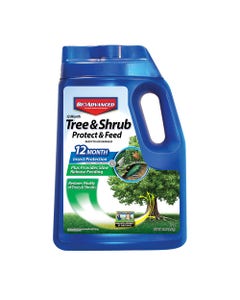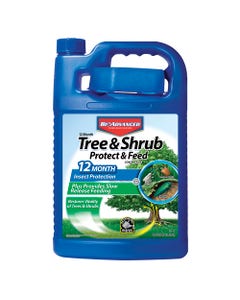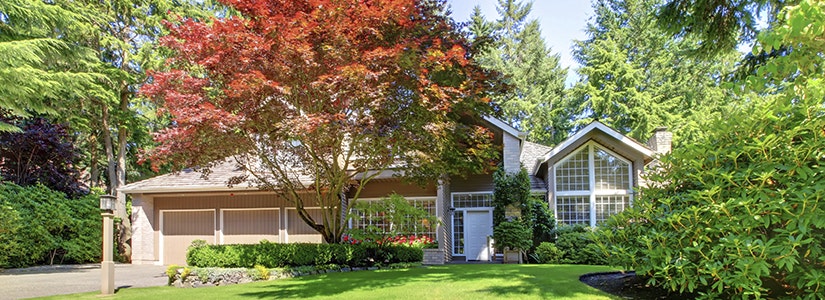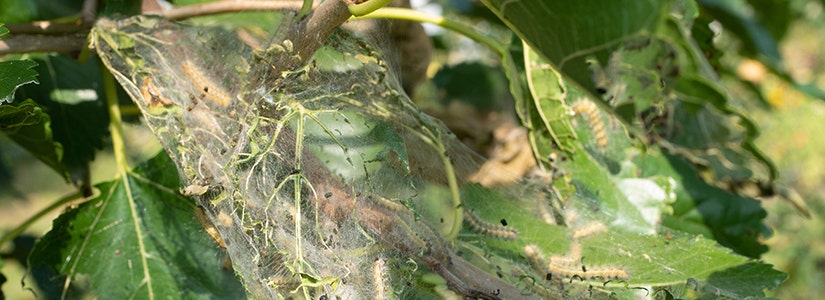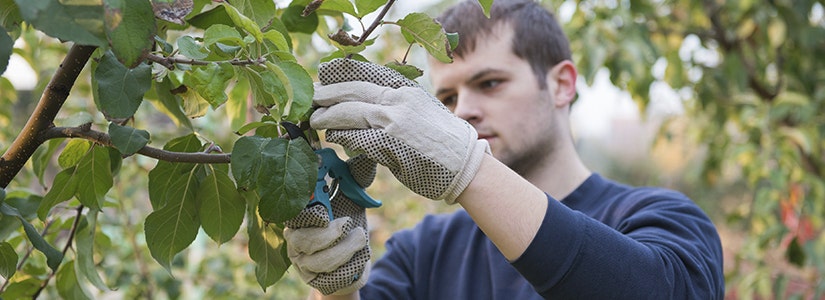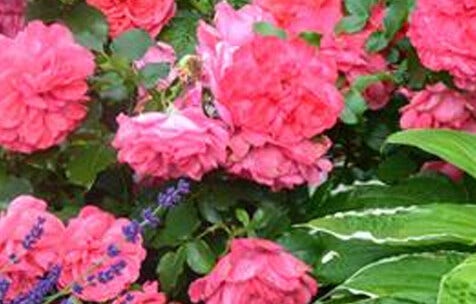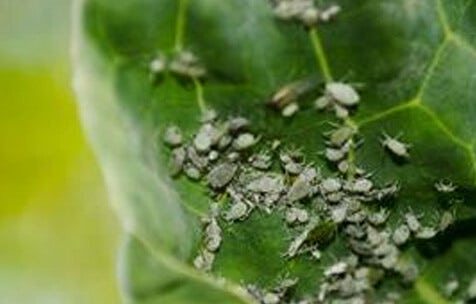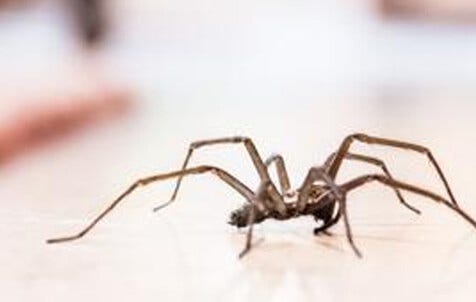

- Home
- Solution Center
- Learn
- Learn: Tree & Shrub
- Controlling Hemlock Woolly Adelgids
Controlling Hemlock Woolly Adelgids
What Is This Insect?
The Hemlock Woolly Adelgid (HWA) is a devastating invasive tree pest in the eastern United States. HWA was first introduced from Asia into Virginia in the 1950s. Over the past 30+ years, HWA has killed tens of thousands of hemlocks. The two predominant eastern hemlock species, eastern hemlock and Carolina hemlock, have no tolerance to the lethal effects of HWA feeding. A heavy infestation of HWA will kill even the largest trees of these two species in as little as two to three years.
This small, aphid-like pest varies in color from brown to red, is oval-shaped and only about 1/32 inch long. Nymphs are approximately 1/8 inch in diameter and produce a white, cottony substance that covers their bodies. The presence of these white masses on a hemlock tree, especially at the base of the needles, is a sure way to identify a HWA infestation.
Signs Of Infestation
These are some of the telltale signs that your hemlock trees may be infested:
- White, cottony wax appears at base of hemlock needles
- Grayish-green or dead needles
- Lack of needles and new growth
- Trees drying from the bottom up
A Threat To Hemlock Trees
Hemlocks are an important component of northeastern and Appalachian forests, often forming nearly pure stands. The eastern Hemlock alone grows on almost 19 million acres of forest in the Eastern United States, and is the predominant species on 2.3 million acres. Hemlocks are a vital resource for the timber industry, but are also highly regarded for the ornamental beauty they add to landscapes.
In 2007, Virginia Tech College of Agriculture and Life Sciences reported an estimated 50% of the Eastern hemlock range had been affected. A 2009 study by the U.S. Forest Service Southern Research Station found that the Hemlock Woolly Adelgid was killing hemlocks in the Southeast at an even faster rate than in the Northeast.
Where Is HWA Found?
The following states and districts have established HWA populations: Connecticut, Delaware, Georgia, Kentucky, Maine, Maryland, Massachusetts, Michigan, New Hampshire, New Jersey, New York, North Carolina, Ohio, Pennsylvania, Rhode Island, South Carolina, Tennessee, Vermont, Virginia, West Virginia and the District of Columbia.
You Can Help Stop The Spread
Protect your trees against HWA while they’re still healthy and strong.
- If you’re in an infested area, the optimum time to treat for HWA is either late summer or early spring.
- Use a properly labeled foliar spray or a systemic insecticide. Carefully follow label instructions.
- BioAdvanced™ 12 Month Tree & Shrub Protect & FeedII* offers insect protection that lasts up to 1 year. Choose from either Concentrates or Granules, with both there’s no spraying! Simply apply it around the base of your tree for systemic protection from the roots to the tip of every leaf.
What To Do If You Think You Have HWA
If you have hemlock trees, look for signs of HWA. If you think you may have an infestation, contact your local USDA Animal and Plant Health Inspection Service (APHIS).
*Not for sale in NY. Reclassified as restricted use in CT & MD.

